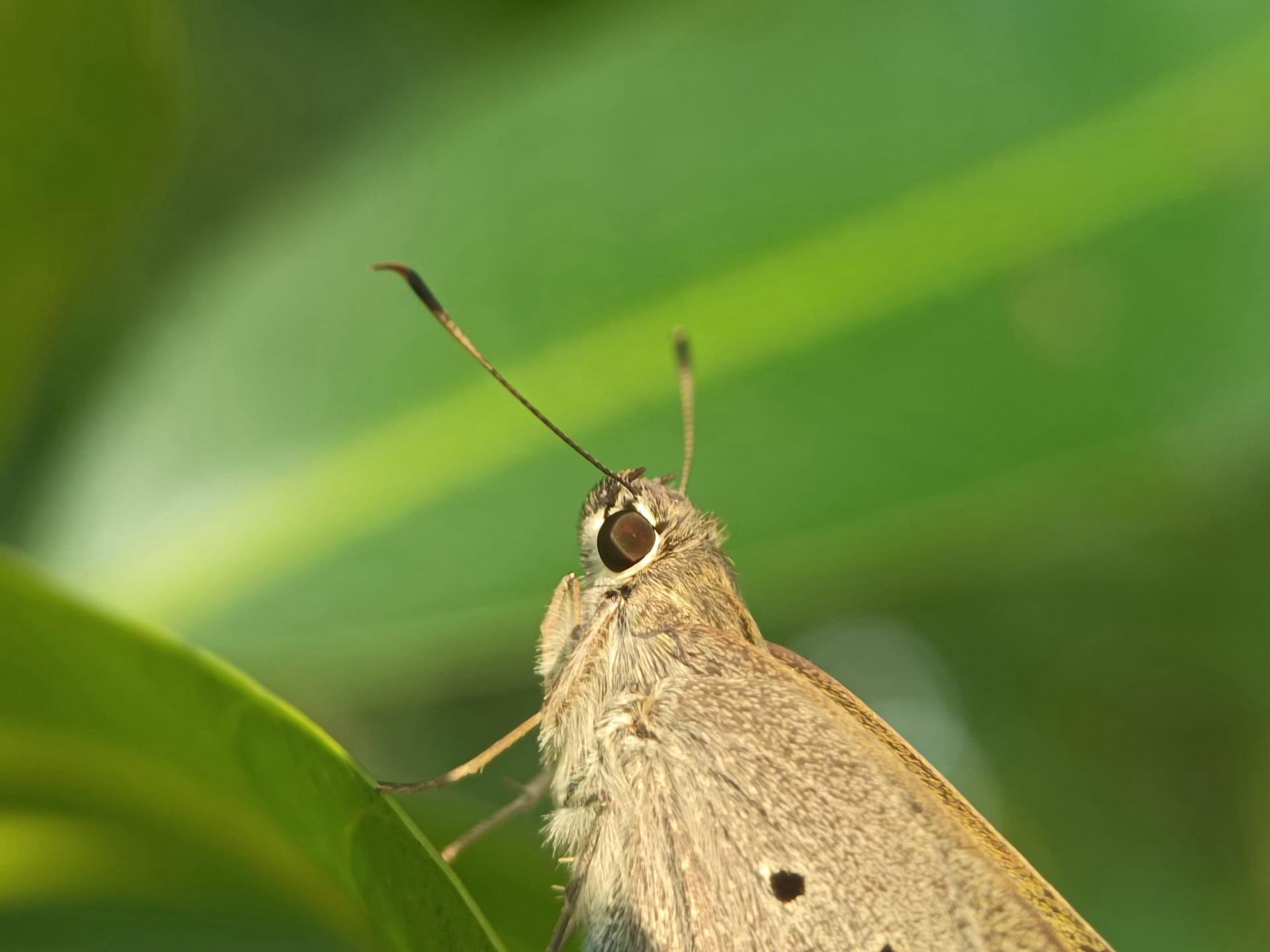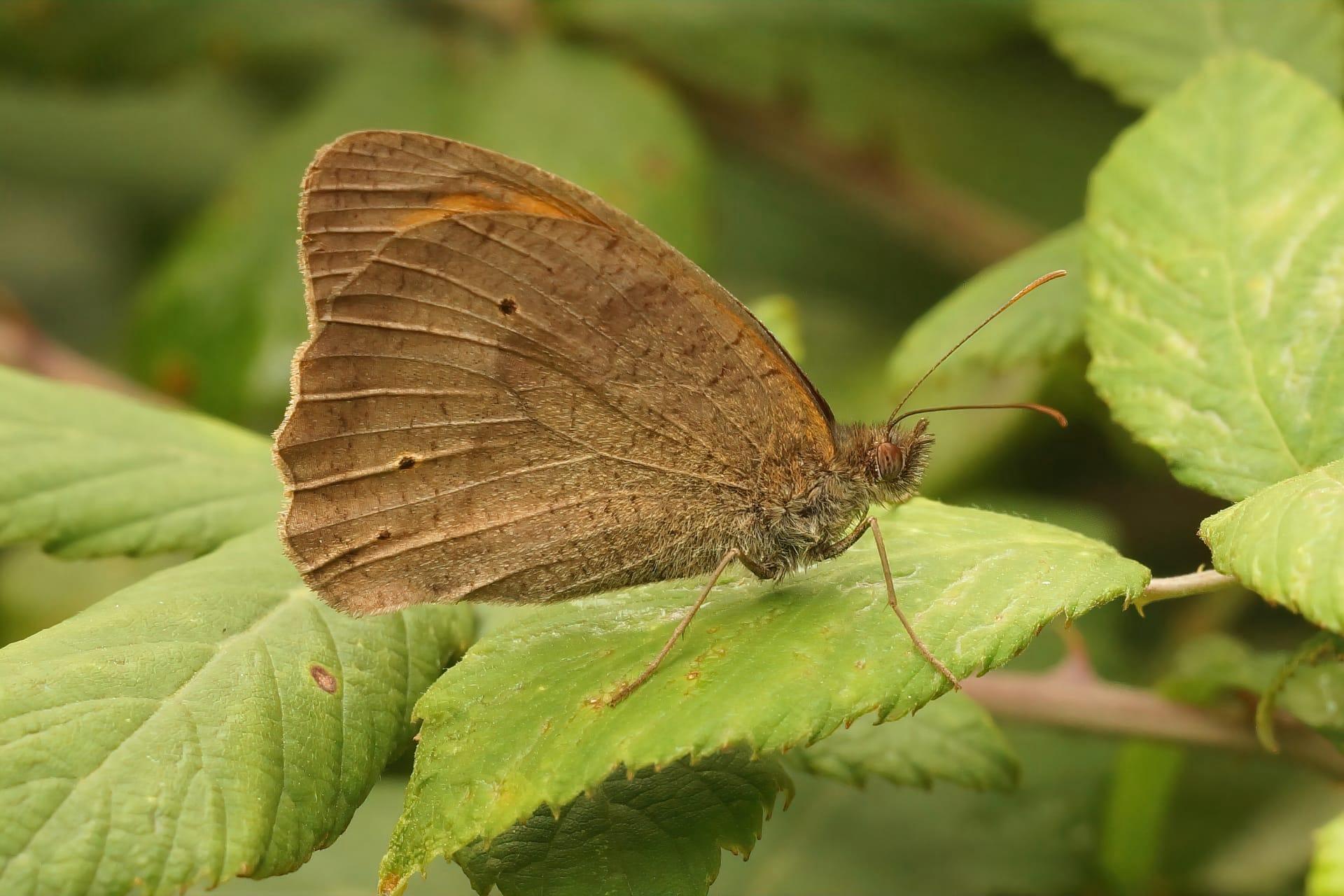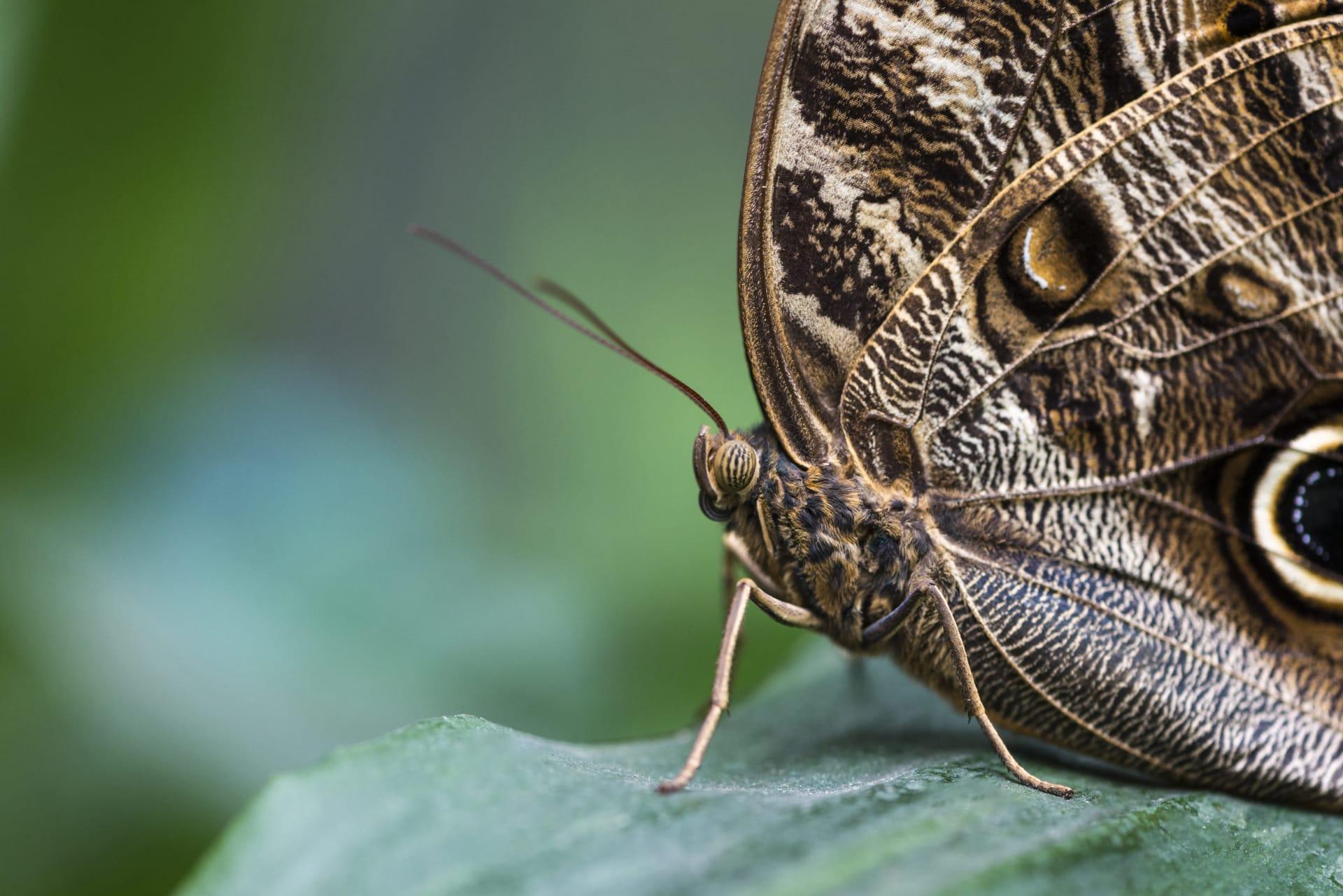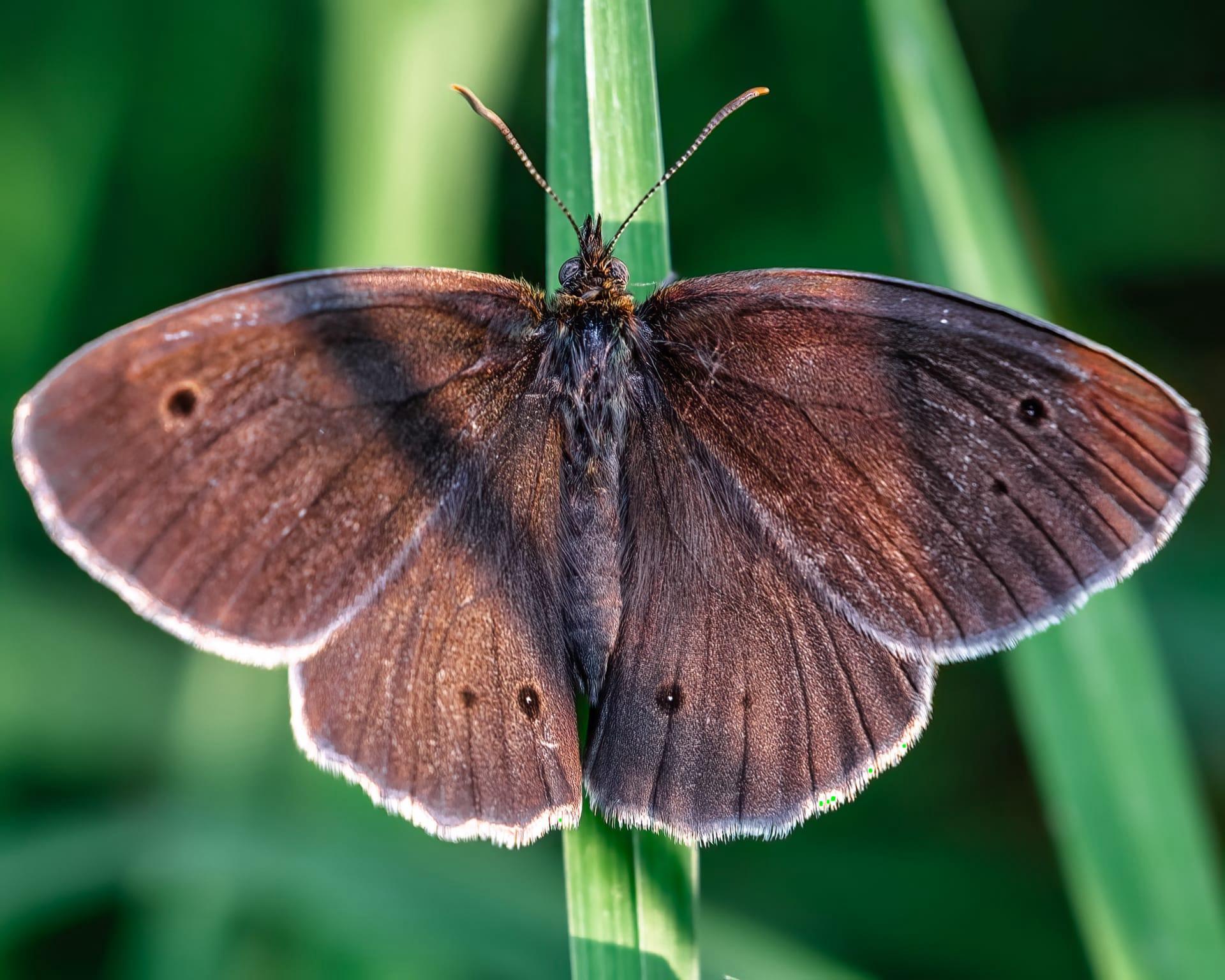Brown Butterfly Trivia
- Home /
- Trivia Question /
- Animal /
- Brown Butterfly Trivia
1
Question: How long do brown butterflies typically live?
Answer: The lifespan of brown butterflies varies by species, but on average, they live about 2 to 4 weeks in their adult stage. Factors like climate, predation, and habitat quality can influence their longevity. For instance, in temperate regions, some species may live longer due to reduced activity in cooler temperatures.
Question: What do brown butterflies eat?
Answer: Adult brown butterflies primarily feed on nectar from flowers, which provides them with sugars for energy. Some species might also feed on rotting fruits, tree sap, or animal dung for additional nutrients. Interestingly, their proboscis, a long, straw-like tongue, is specially adapted for sipping nectar from flowers.

2
Question: Do brown butterflies migrate like the famous monarch butterflies?
Answer: While not all brown butterflies migrate, some species do undertake migrations. For instance, the Painted Lady, which can have brown variations, undertakes a remarkable migration covering thousands of kilometers. However, this behavior is species-specific and not a general characteristic of all brown butterflies.
Question: Is it true that brown butterflies are less colorful and thus less important for the ecosystem?
Answer: This is a misconception. Brown butterflies play crucial roles in ecosystems, similar to more colorful species. They act as pollinators, transferring pollen between flowers, and serve as a food source for other animals. Their brown color often provides camouflage, a vital survival trait.

3
Question: How do brown butterflies use their coloration for survival?
Answer: Brown butterflies often use their coloration as camouflage. This coloration helps them blend in with their surroundings, like tree bark or dead leaves, making it harder for predators to spot them. This survival strategy is especially effective in their natural habitats, where brown is a predominant color.
Question: Can brown butterflies perceive colors?
Answer: Yes, brown butterflies, like other butterflies, have color vision. They can perceive a range of colors, though not in the same way humans do. Their vision is adapted for detecting flowers and suitable mates. They're particularly good at seeing ultraviolet light, which plays a significant role in their ability to locate nectar-rich flowers.

4
Question: What role do brown butterflies play in their ecosystems?
Answer: Brown butterflies contribute significantly to their ecosystems. As pollinators, they help in the reproduction of various flowering plants. They are also a food source for birds, spiders, and other insects, thus playing a vital role in the food chain. Additionally, their caterpillars often eat specific host plants, contributing to the control of certain plant populations.
Question: How do brown butterflies communicate with each other?
Answer: Brown butterflies primarily communicate through visual signals, including wing patterns and colors, which can signal their species, sex, and mating availability. Some species may also use chemical signals or pheromones, especially during mating season, to attract partners.

5
Question: How do temperature changes affect brown butterflies?
Answer: Temperature plays a significant role in the life cycle of brown butterflies. Warmer temperatures can speed up their metamorphosis process and influence their feeding and mating behaviors. However, extreme temperatures, either hot or cold, can be detrimental, affecting their survival and reproductive success.
Question: Are brown butterflies affected by habitat loss and climate change?
Answer: Yes, like many species, brown butterflies are impacted by habitat loss and climate change. Habitat destruction reduces their feeding and breeding grounds, while climate change can alter their migration patterns and the availability of food sources. Conservation efforts are important to mitigate these impacts and preserve brown butterfly populations.